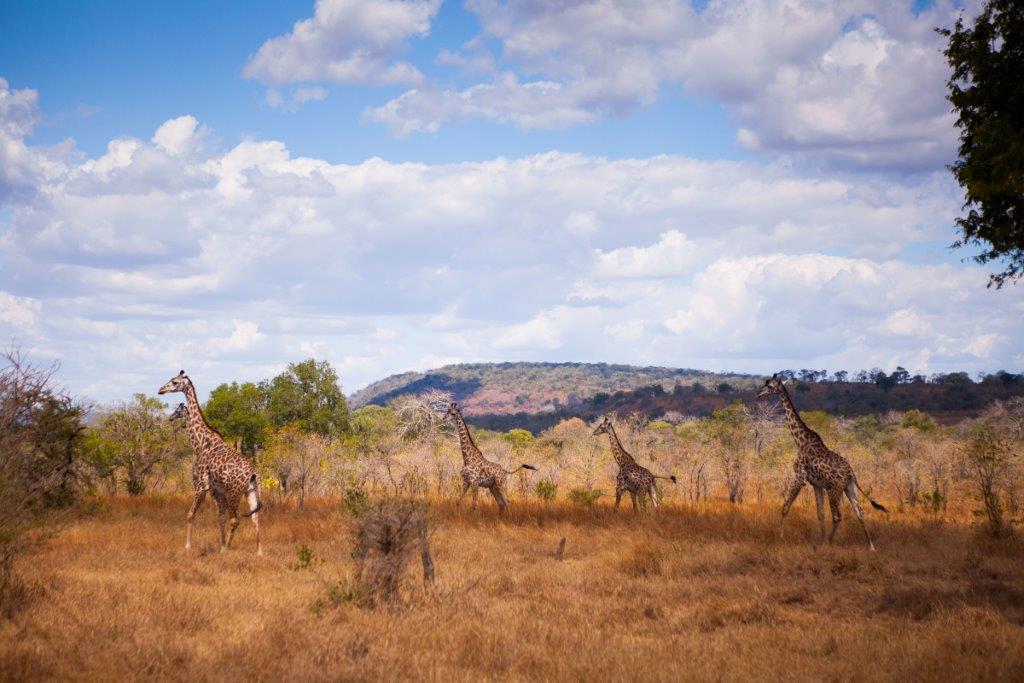WWF supports Tanzania’s move to halt mining in Selous Game Reserve

WWF statement in response to the Report of the Reactive Monitoring Mission to UNESCO Selous Game Reserve World Heritage site:
WWF welcomes the clear statement from the Tanzanian government through the Tanzanian Wildlife Authority that there will be no future mining in Selous Game Reserve. As of January 2017, there were 48 prospective mining concessions overlapping the Selous. These will now not be opened for exploration and no future ones will be granted.
WWF appreciates the joint work with the government and partners to deliver strong anti-poaching progress that has reduced the poaching of elephants and other wildlife. WWF will continue these efforts taking a zero poaching approach to help recover the Selous’ elephant and black rhino populations.
However, WWF stresses that the Reserve, which is home to globally important populations of elephants, lions, hippos and African wild dogs, continues to face a number of threats and calls on the Tanzanian government to secure the Selous’ long-term future. Safeguarding Selous will not only protect its globally important wildlife but also the local communities that depend on the Reserve for their livelihoods.
Dr. Amani Ngusaru, WWF Tanzania Country Director, said: “The end of the threat of mining is great progress towards saving Selous World Heritage site. Mining concessions overlapped over six per cent of the reserve and would have severely impacted on its ecology. The IUCN’s report also rightly recognises the progress the government and its partners, including WWF, are making towards solving the critical poaching problem facing Selous.”
“However, the Reserve continues to face a number of significant threats. These include a large proposed hydropower scheme at the heart of the Selous, oil and gas exploration, and the threat of pollution from a uranium mine on its border. If decisive action isn’t taken to protect Selous now, we risk losing this incredible World Heritage site.”
WWF highlights the proposed Stiegler’s Gorge hydropower project as a fundamental threat to the Selous. By creating the largest man-made reservoir in East Africa, the project would profoundly change both the landscape and ecosystems of the World Heritage site. The construction of this dam would conflict with the World Heritage Committee’s position on large dams within World Heritage sites. WWF supports the call for it to be permanently abandoned and asks for the Tanzanian government to develop an energy vision that excludes Stiegler’s Gorge.
Other serious threats to Selous’ future include an overlapping oil and gas concession to the west that directly threatens both the Reserve and an adjacent internationally protected wetland, the Kilombero Valley Floodplain Ramsar site; the inundation of part of the reserve from the Kidunda Dam reservoir; cattle grazing inside the Selous as well increasing poverty and inadequate benefits to communities adjacent to the Reserve.
Source: WWF